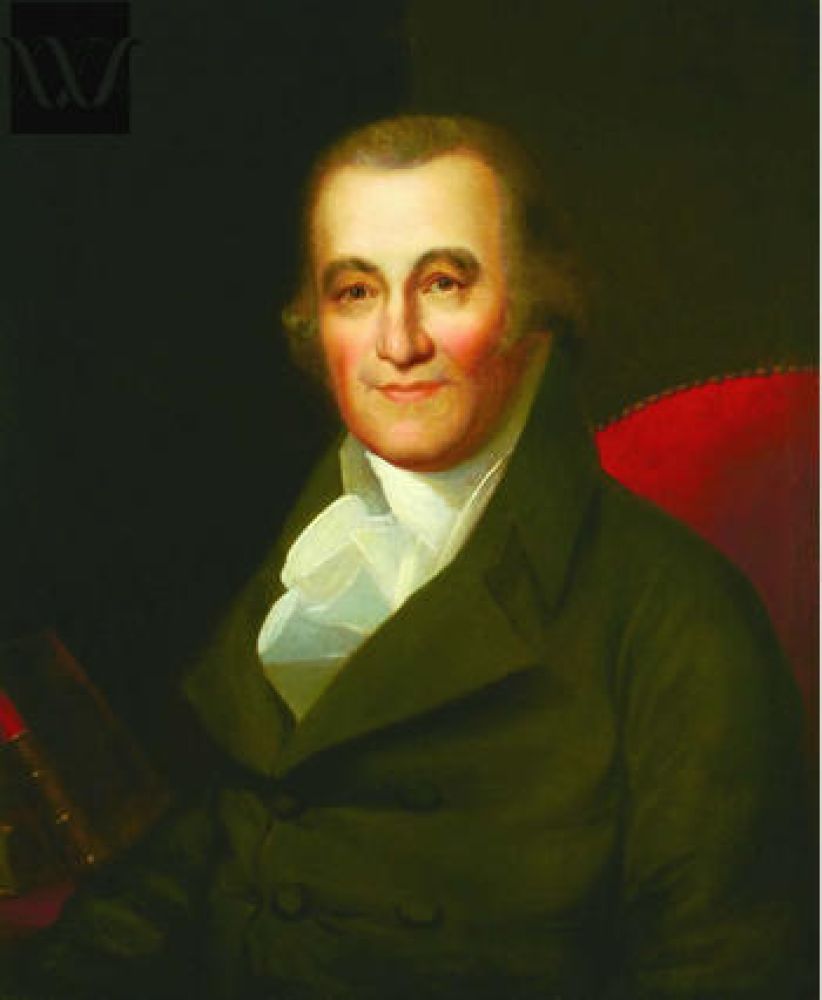Wistar’s History
Caspar Wistar, M.D. – a Professor, a Philanthropist and a Purpose
Founded as an anatomical teaching museum in 1892, today’s Wistar Institute is a world leader in cancer, immunology and infectious disease, with a focus on discoveries leading to the development of novel therapies and vaccines.
Wistar discoveries have led to the development of vaccines for rabies, rubella, and rotavirus, the identification of genes associated with various site-specific cancers, the development of monoclonal antibodies, and other significant research technologies and tools.
It all traces back to one man — Caspar Wistar, M.D., physician, anatomist, teacher — and the vision of his great-nephew to advance “new and original research” in the biological and medical sciences.
Dr. Caspar Wistar was deeply engaged with the Philadelphia community in the late 1700s, as testified by his involvement with several societies, including the Society for the Abolition of Slavery and the Society for Circulating the Benefit of Vaccination. He served as curator and vice president and eventually succeeded Thomas Jefferson as president of the American Philosophical Society and was both a fellow of the College of Physicians and a trustee of the College of Philadelphia.
But it was as an eminent physician and outstanding anatomist that this father of American paleontology left his true mark on the history of Philadelphia and the nation.
During his tenure as an anatomy professor at the University Pennsylvania School of Medicine, Dr. Wistar’s lectures drew large crowds of medical students from around the world eager to learn from the charismatic professor and author of the first American anatomy textbook.

General Isaac Jones Wistar
In the late 1800s, Caspar Wistar’s prosperous great-nephew, prominent Philadelphia lawyer and Civil War Brigadier General Isaac Jones Wistar, funded an endowment and a larger research building known as The Wistar Institute of Anatomy and Biology in his uncle’s memory.
Established in 1892 and opened in 1894, the Institute began to embody Isaac Wistar’s vision of a center for “new and original research” in the biological and medical sciences. By 1925, the Institute had solidified its reputation as a center of American biology.
Our distinctive way of doing science is to harnesses the collaboration and creativity of some of the world’s leading experts and foster their collaboration to generate basic discoveries that can be translated into out-of-the-box solutions to the global health challenges of our times.
